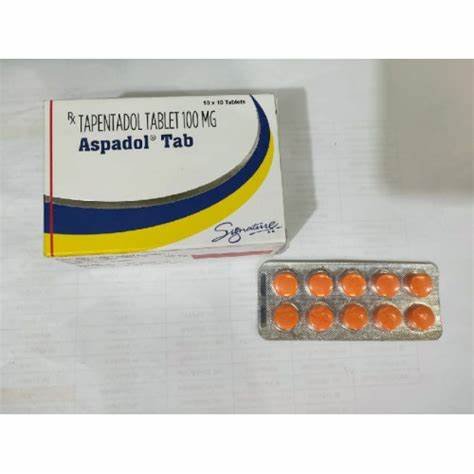Tapentadol
order tapentadol online Tapentadol is a centrally acting oral analgesic utilized for the management of moderate to severe pain, including conditions such as diabetic peripheral neuropathy and chronic low back pain. It operates through a dual mechanism: as a full agonist at the μ-opioid receptor and as a norepinephrine reuptake inhibitor. This combination allows for effective pain relief while potentially reducing the risk of serotonin-related side effects compared to other opioids.
The immediate-release formulation of Tapentadol typically begins to alleviate pain within 30 to 60 minutes, with effects lasting approximately 4 to 6 hours. For chronic pain management, extended-release formulations provide sustained relief over a 12 to 24-hour period.
While effective, Tapentadol is associated with common side effects such as nausea, dizziness, and constipation. Serious adverse effects may include respiratory depression, serotonin syndrome, and potential for misuse and addiction. Therefore, it is classified as a Schedule II controlled substance in the United States.
Patients are advised to use Tapentadol under strict medical supervision, adhering to prescribed dosages and being aware of potential drug interactions and contraindications.
If you require further details or additional information on Tapentadol, feel free to ask.

















Reviews
There are no reviews yet.